CONTROL
29 Mar 2023
WHEN TO VIRTUALISE CONTROL
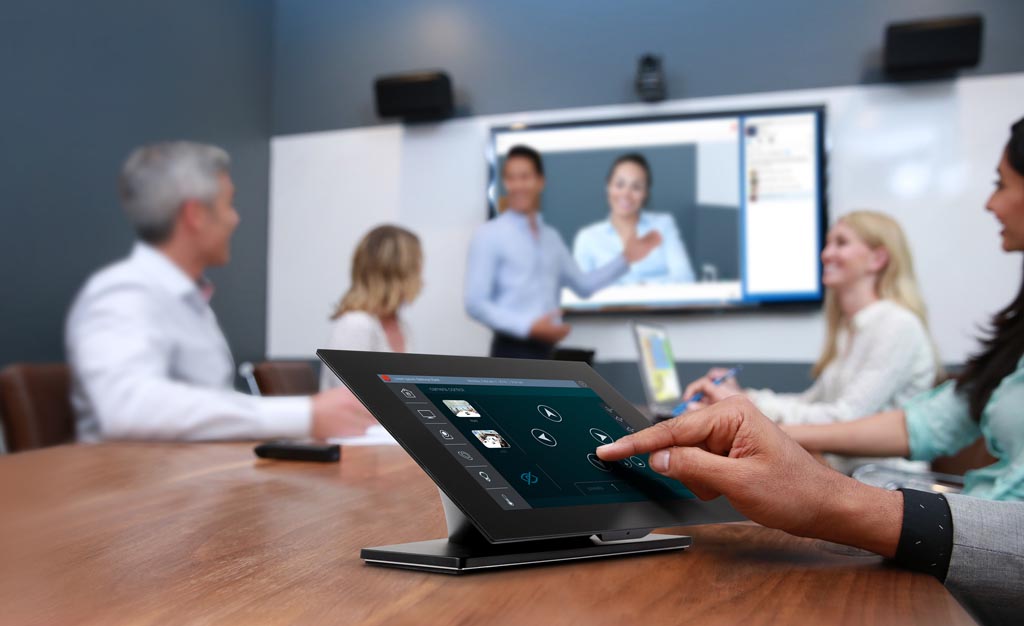
Subscribe to CX E-News
If you haven’t already heard, QSC recently released the first fully virtualised subset of Q-SYS OS functionality in a fully software-based format. With the new Q-SYS vCore and accompanying Control feature license for vCore, you can drive Q-SYS Control functionality directly from your own PC or server. But that begs the question; “When is Q-SYS virtualised control the right solution for your application?”
Existing Meeting Room
Let’s say you have a meeting room that already has standalone UC&C hardware, but users still want control of environmental devices such as the displays or lighting. Or maybe there’s a legacy audio DSP that also needs to be controlled. You can deploy Q-SYS vCore in either of these scenarios to tie all these disparate devices together in a simple user control interface (UCI). In this example, vCore is installed as a hypervisor living on the same PC that is running Zoom Rooms.
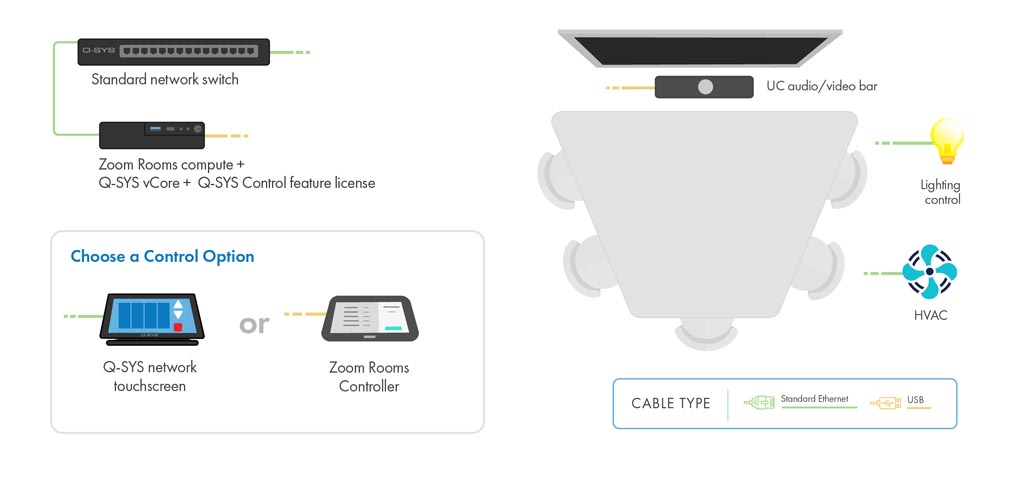
Whether it’s video displays, IP occupancy sensors, lighting control, or more platform- specific user control enhancements, Q-SYS vCore + Control feature license can deliver the control and automation that you need. And given that this a virtualised control solution, its simple to scale, resulting in a consistent user experience across an organisation.
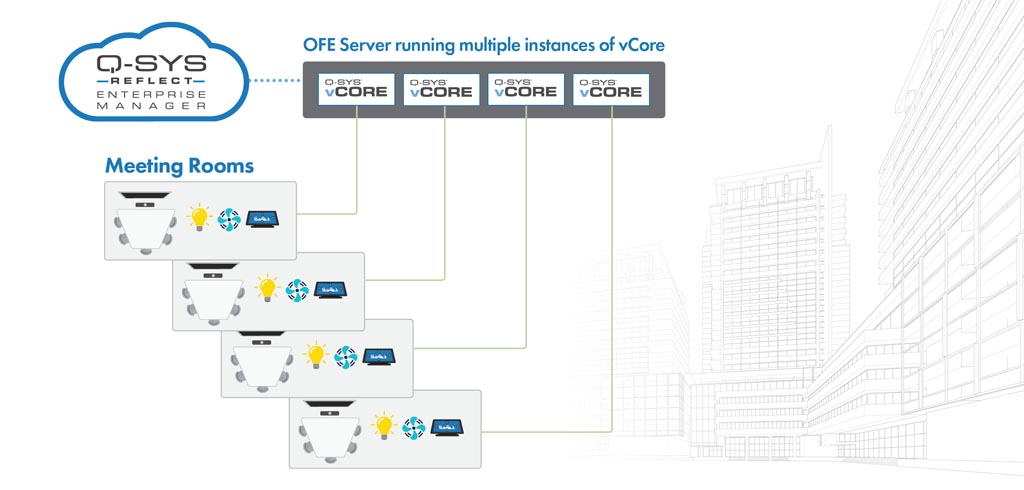
This diagram shows one customer-provided server running multiple instances of vCore, each instance managing control for one space. These are all tied to Q-SYS Reflect Enterprise Manager for remote monitoring and management of all virtual control instances on a single pane of glass.
Beyond the Meeting Space
It isn’t just for Enterprise applications. We recently had a K-12 education customer that didn’t need a full AV system in their classrooms, but still wanted to provide instructors with a single touchscreen to control room audio and their projectors. They simply installed vCore on a PC in each classroom, designed an intuitive user control interface and deployed to a Q-SYS touchscreen in the room; an experience they duplicated across all their classrooms.
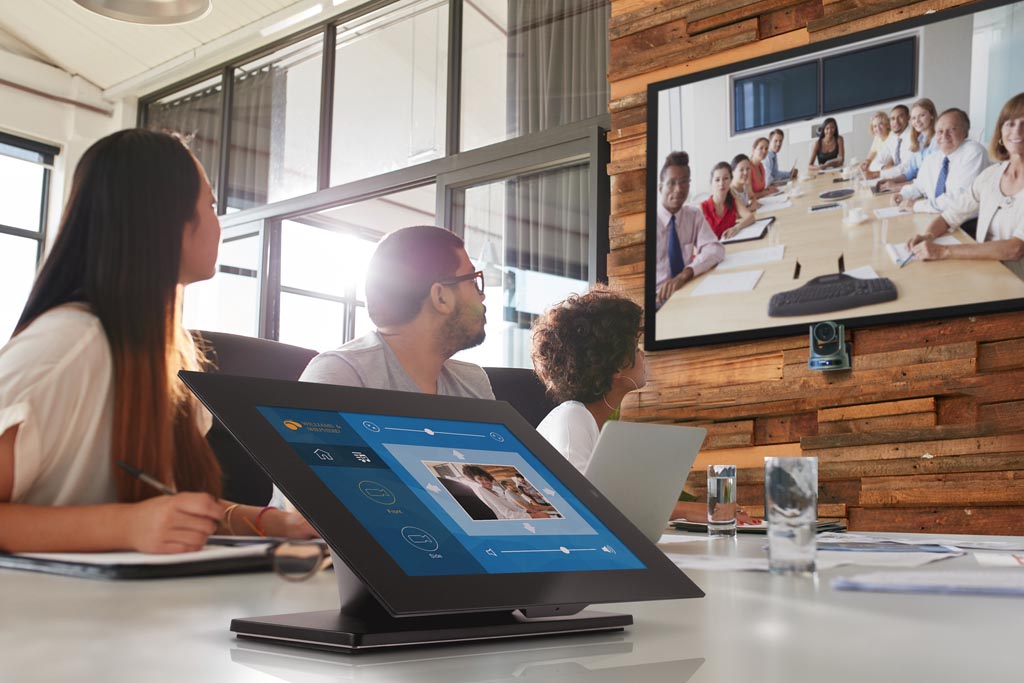
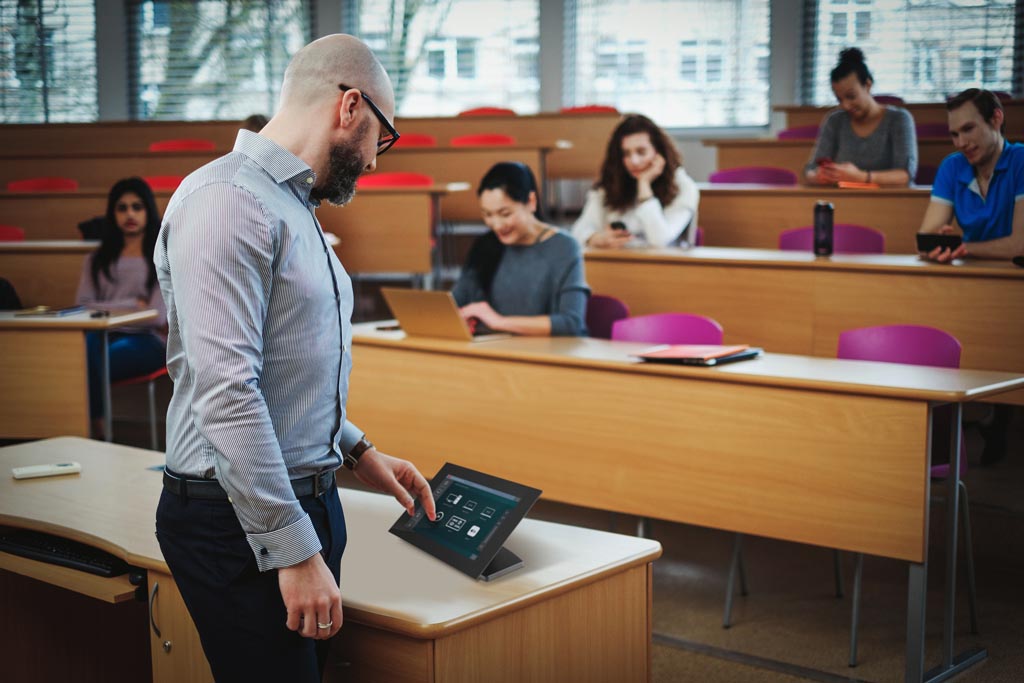


We also see this as a good fit for adding control to digital signage applications that don’t have additional DSP processing needs. You can control a fleet of network-based digital signage players and displays from a single Q-SYS touchscreen (remember… if it’s IP-based, chances are that Q-SYS can control it!).
The common factor in all these examples is that none of them require additional DSP processing or video distribution, but still require user control and/or automation. We see Q-SYS vCore + Control as a way to extend Q-SYS capabilities into less complicated spaces where user experience is just as important as those larger, technology- dependent spaces.
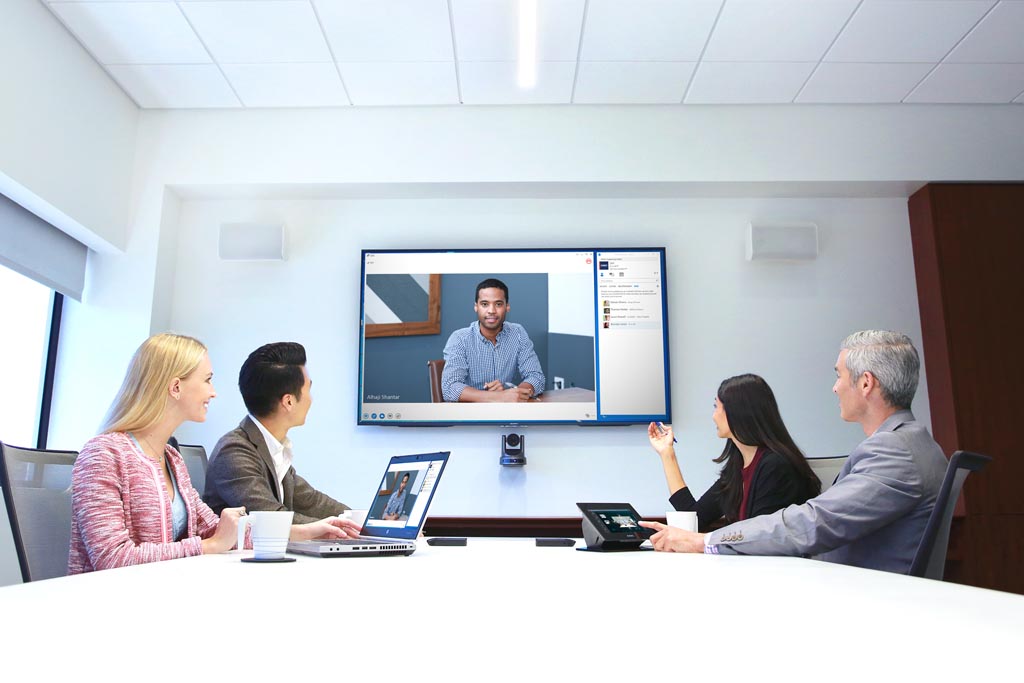
If you’re already familiar with Q-SYS, you know that Q-SYS is built around a singular software platform, and vCore is no different. Should your needs change in the future, you can deploy hardware-based Q-SYS Cores to add Q-SYS audio and video processing capabilities while simply porting over the control programming you already had in place.
Subscribe
Published monthly since 1991, our famous AV industry magazine is free for download or pay for print. Subscribers also receive CX News, our free weekly email with the latest industry news and jobs.




